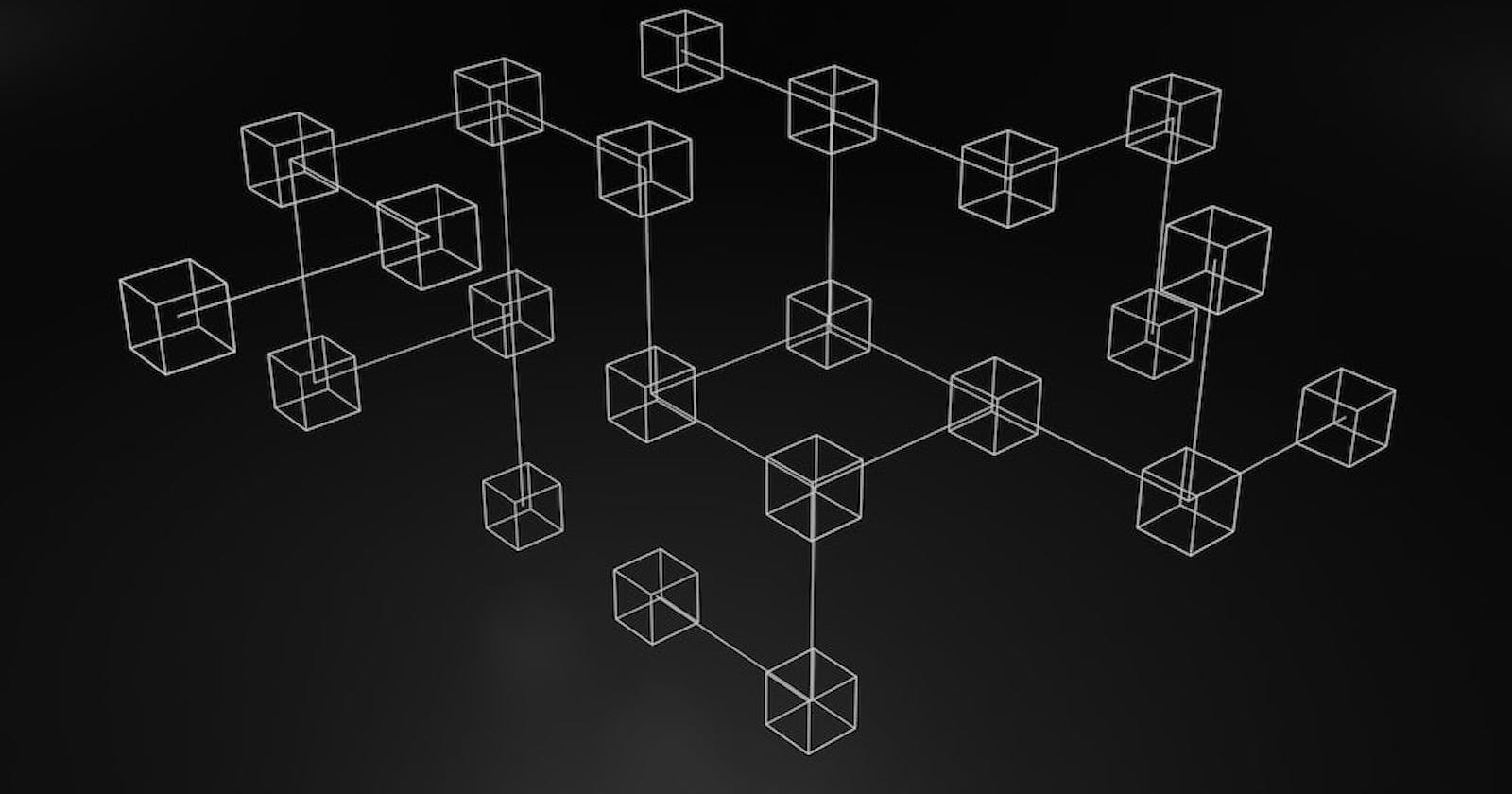Table of contents
Blockchain technology has the potential to revolutionize a wide range of industries, from finance and healthcare to supply chain management and beyond. However, not all blockchain platforms are created equal, and each has its own unique set of features and capabilities that make it better suited for certain use cases.
In this article, we will compare some of the most popular blockchain platforms and discuss their key features and use cases.
Ethereum
Ethereum is a decentralized, open-source blockchain platform that runs smart contracts: applications that run exactly as programmed without any possibility of downtime, censorship, fraud, or third-party interference.
Ethereum is perhaps best known for its support for smart contracts and the ability to create and deploy decentralized applications (dApps). These applications can be built on top of the Ethereum platform and run on a decentralized network, making them resistant to tampering and censorship.
Ethereum is also home to a wide range of decentralized finance (DeFi) applications, which allow users to access financial services such as lending, borrowing, and trading without the need for intermediaries.
Bitcoin
Bitcoin is a decentralized, digital currency that uses blockchain technology to record transactions and maintain the integrity of its ledger. It is the first and most well-known cryptocurrency, and it has inspired the development of numerous other cryptocurrencies and blockchain platforms.
Unlike other blockchain platforms, Bitcoin is primarily focused on facilitating peer-to-peer transactions and does not support smart contracts or dApps. Instead, it relies on its decentralized network and proof-of-work consensus algorithm to ensure the security and integrity of its transactions.
Bitcoin is often used as a store of value, with many people buying and holding the cryptocurrency as an investment. It is also increasingly being used for everyday transactions, such as buying goods and services online.
Hyperledger Fabric
Hyperledger Fabric is an open-source, permissioned blockchain platform that is designed to support modular applications and plug-and-play components. It was developed by the Linux Foundation and is intended for use in enterprise scenarios where scalability, privacy, and performance are key considerations.
Hyperledger Fabric uses a modular architecture that allows for pluggable components such as consensus and membership services. It also supports smart contracts, but these are written in chaincode (similar to Ethereum’s solidity) rather than being part of the platform itself.
Hyperledger Fabric is often used in supply chain management, healthcare, and financial services, where the ability to track and verify transactions in a secure and private manner is important.
Corda
Corda is an open-source blockchain platform that was developed by the R3 consortium of financial institutions. It is specifically designed for financial use cases and is focused on enabling secure and private transactions between financial institutions.
Corda uses a consensus mechanism called “validating notaries” to ensure the integrity of its transactions, and it also supports smart contracts. However, unlike other blockchain platforms, Corda does not have a global shared ledger and instead relies on a network of “notaries” to validate and record transactions.
Corda is often used in financial services, particularly in areas such as trade finance, where the ability to securely and privately track and verify transactions is critical.
Polkadot
Polkadot is a decentralized, open-source blockchain platform that aims to enable interoperability between different blockchain networks. It does this through the use of “parachains,” which are independent blockchains that are connected to the Polkadot network and can communicate with one another.
Polkadot also supports smart contracts and decentralized applications, and it uses a unique consensus mechanism called “NPoS” (Nominated Proof-of-Stake) to secure its network.
One of the key benefits of Polkadot is its ability to allow different blockchains to interoperate and exchange data, making it a potentially useful platform for cross-chain communication and integration.
NEAR
NEAR is a decentralized, open-source blockchain platform that is designed to be scalable and user-friendly. It uses a proof-of-stake consensus mechanism and aims to make it easy for developers to build and deploy decentralized applications.
NEAR is focused on providing a user-friendly experience and aims to make it easy for developers to build applications that can be used by a wide range of users. It also has a strong focus on developer tools and infrastructure, with the goal of making it easy for developers to build and deploy decentralized applications.
Solana
Solana is a decentralized, open-source blockchain platform that is designed to be scalable and fast. It uses a proof-of-stake consensus mechanism and claims to be able to process over 65,000 transactions per second.
Solana is focused on providing a high-performance platform for decentralized applications and has a strong focus on scalability and speed. It is also designed to be energy-efficient, with the goal of making it more sustainable than other blockchain platforms.
In addition to supporting decentralized applications, Solana also has a decentralized exchange (DEX) built into the platform, allowing users to easily buy and sell tokens.
Conclusion
As you can see, there are many different blockchain platforms to choose from, each with its own unique set of features and capabilities. Ethereum is a popular choice for decentralized applications and DeFi, while Bitcoin is primarily used as a store of value and for peer-to-peer transactions. Hyperledger Fabric is well-suited for enterprise scenarios, Corda is geared towards financial use cases, and Polkadot enables interoperability between different blockchain networks. NEAR is focused on user-friendliness and developer tools, and Solana is a high-performance platform with a focus on scalability and energy-efficiency.
